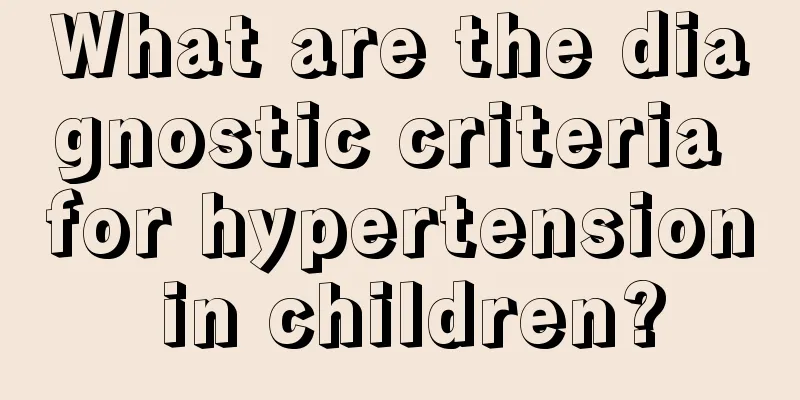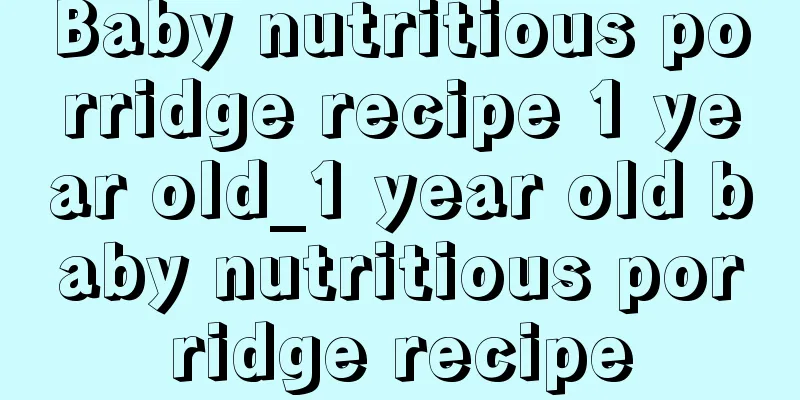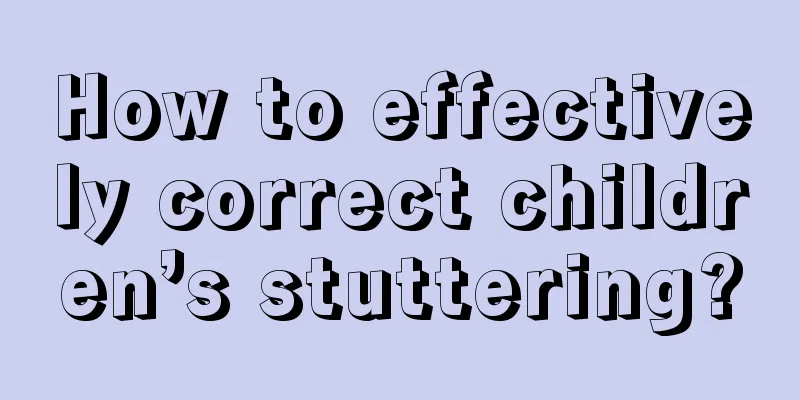What are the diagnostic criteria for hypertension in children?

|
What are the diagnostic criteria for childhood hypertension? Are the numerical standards for childhood hypertension the same as those for adults? Childhood hypertension is attracting more and more attention because children do not know how to express themselves, which often delays the onset of disease and causes a lot of harm. Today this article will introduce the diagnostic criteria for hypertension in children. To understand the diagnostic criteria for hypertension in children, we first need to understand the symptoms of hypertension in children. Children often have no conscious symptoms in the early stages of hypertension. When blood pressure rises significantly, children will experience symptoms such as headache, nausea, dizziness, and even vomiting. If infants and young children cannot speak, they will show symptoms of irritability, crying, and screaming.
Hypertension in children seriously endangers the health of children and should be given sufficient attention. High blood pressure in children can affect their development. In severe cases, it can cause hemiplegia, visual impairment, damage to the heart, brain and kidneys, and even heart failure, uremia, etc., which seriously endanger their life and health. There is no unified standard for the diagnosis of hypertension in children, but it must include the following aspects of diagnosis: 1. Confirmation of high blood pressure values; 2. Determination of the cause of hypertension; 3. Clarification of the degree of target organ damage. In terms of specific values of the diagnostic criteria, it is generally considered to be higher than the blood pressure percentile value for the age group, or higher than the mean plus two standard deviations. If the blood pressure in newborns is greater than 90/60, in infants and young children is greater than 100/60, in preschool children is greater than 110/70, and in school-age children is greater than 110/80, and the values are consistent over several measurements, the child can be diagnosed with hypertension. Children should have their blood pressure checked once a year so that early detection can lead to early treatment. At the same time, we should pay attention to cultivating healthy living habits in children from an early age. The diagnostic criteria for childhood hypertension are mainly the above points. When a child has symptoms suspected of childhood hypertension, parents should take the child to the hospital for examination as soon as possible. |
<<: Why do children sweat when they sleep?
Recommend
The child's breathing is rough
Because children have poor body resistance, they ...
17 steps to change newborn diapers
In the past, when there were no diapers, everyone...
Reasons and treatments for baby's cough in the middle of the night
The baby's health is the most concerning issu...
When does a baby start to have constipation?
Constipation is a very common phenomenon among in...
How to care for a newborn baby with a blocked nose
Newborn babies have blocked noses, and many mothe...
What's the matter with the red urethra of little girls?
If you find that the urethra opening of a little ...
Can hand, foot and mouth disease appear on the face?
Many young parents do not know much about the sym...
Can babies get jealous? What Parenting Experts Say
The digestive function of babies who are less tha...
What to do if your two-year-old baby has a picky eater
Many parents will encounter a common problem, whi...
What to do if baby's bronchitis persists
If the baby's bronchitis does not get better,...
What are some recipes for children to grow taller?
The growth of children is always a concern for pa...
Baby sleeping with fever
If the child's whole body is hot when he is s...
What should I do if my newborn has white spots on his head?
Newborns have small white spots on their heads. I...
Children's education methods
The education of children is very important, whic...
What to do if your child vomits and has a fever
Every child is a treasure to his or her parents. ...









